May 2012
Monthly Archive
May 28, 2012
As a follow up to my Japanese house post, I am now going to post about Japanese grocery stores. You will notice some things are similar, and some are very different. Take a look:
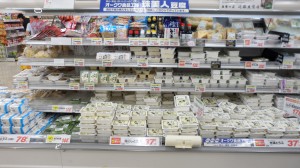
Giant tofu section
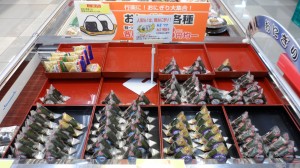
Pre-made onigiri (rice balls) section
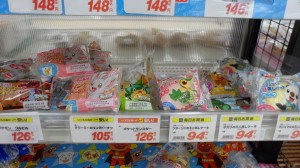
Cute pokemon and other anime characters on sandwichesBottled soft drinks section

"Daily foods" section
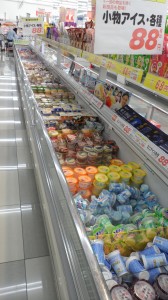
Iced desserts
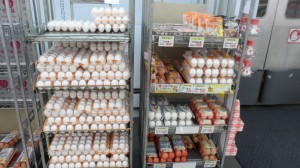
Eggs (not just chicken eggs)
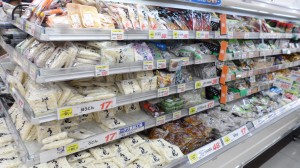
Huge noodle section

Cheeses
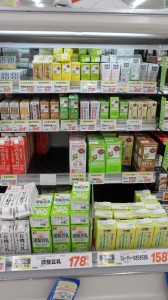
Soymilk section (with awesome flavors, like strawberry, banana, green tea)
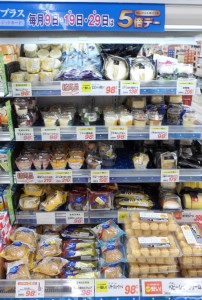
Decadent desserts

Juice section
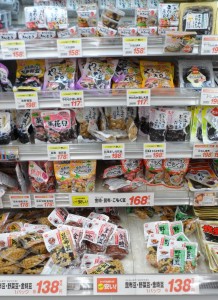
Soybean section

Natto (fermented soybean) section

Meat section
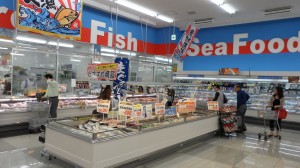
Fish and sea food section (it is actually bigger than it looks in this picture)
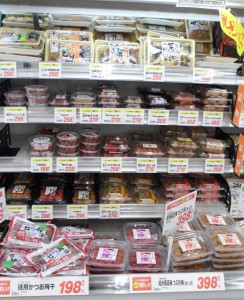
Ume (plums) I believe these are pickled
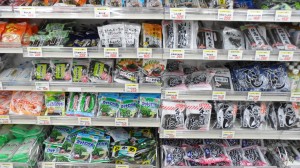
Seaweed section
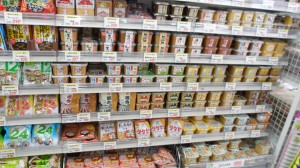
Miso section
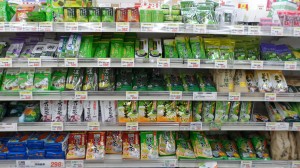
Tea section (I could not capture it all because it was too big!)

Ramen and cup of noodles (it is a huge section)
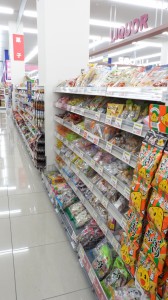
Candy section (all the processed foods sections are pretty much the same as in the U.S., so I only this picture)
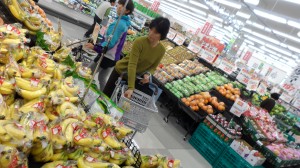
Fruit section (pretty much the same)
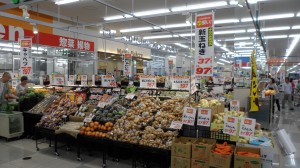
Vegetable section (also pretty much the same)
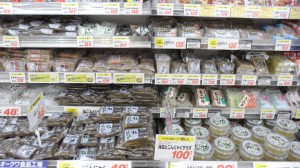
Konyaku (yam noodles) section
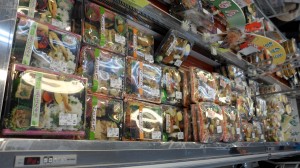
Pre-made bento (pre-made lunch)
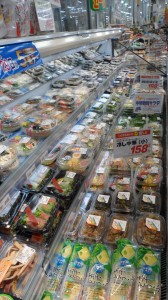
Other pre-made foods
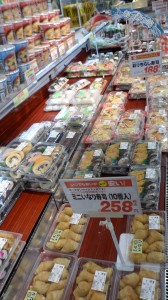
Pre-made sushi section
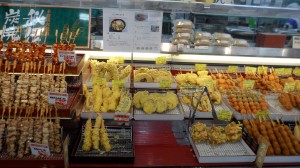
Pre-made tempura

Bakery (normal except they have strange things like pre-made hotdogs and green tea bread)

Pre-made pizzas with strange toppings
I left out pictures of the packaged food aisles, because they were very similar. The only difference is they offer some strange products like freeze-dried fish chips and other Japanese “goodies”. So, that pretty much concludes a Japanese grocery store! In some ways they are the same, but in many ways, Japanese grocery stores are very different.
May 22, 2012
I thought I should give you a tour of a modern Japanese house. They are quite nice! And they are roomy since they make very efficient use of space.
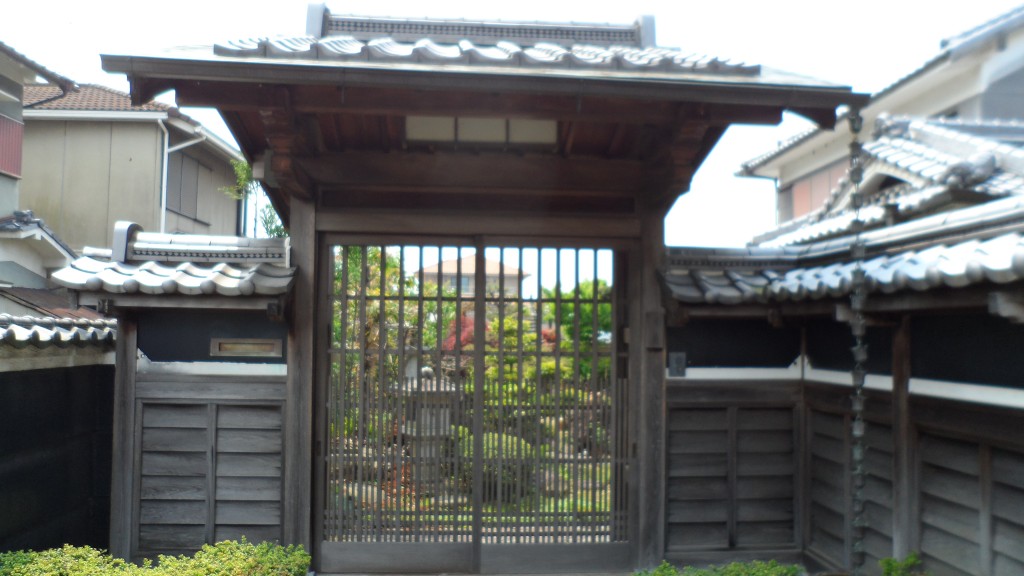
Some houses have a gated entrance
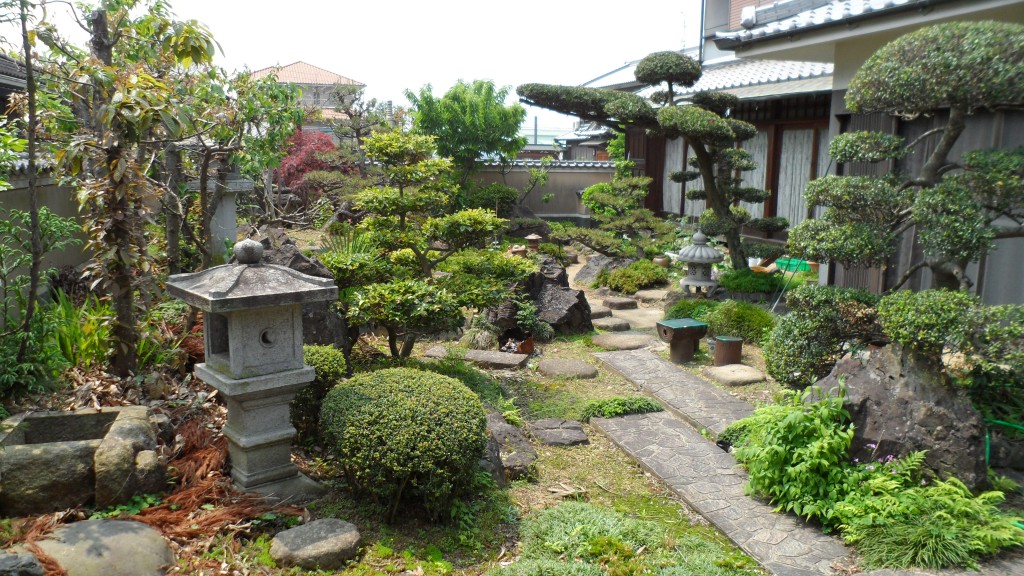
Some also have Japanese style gardens
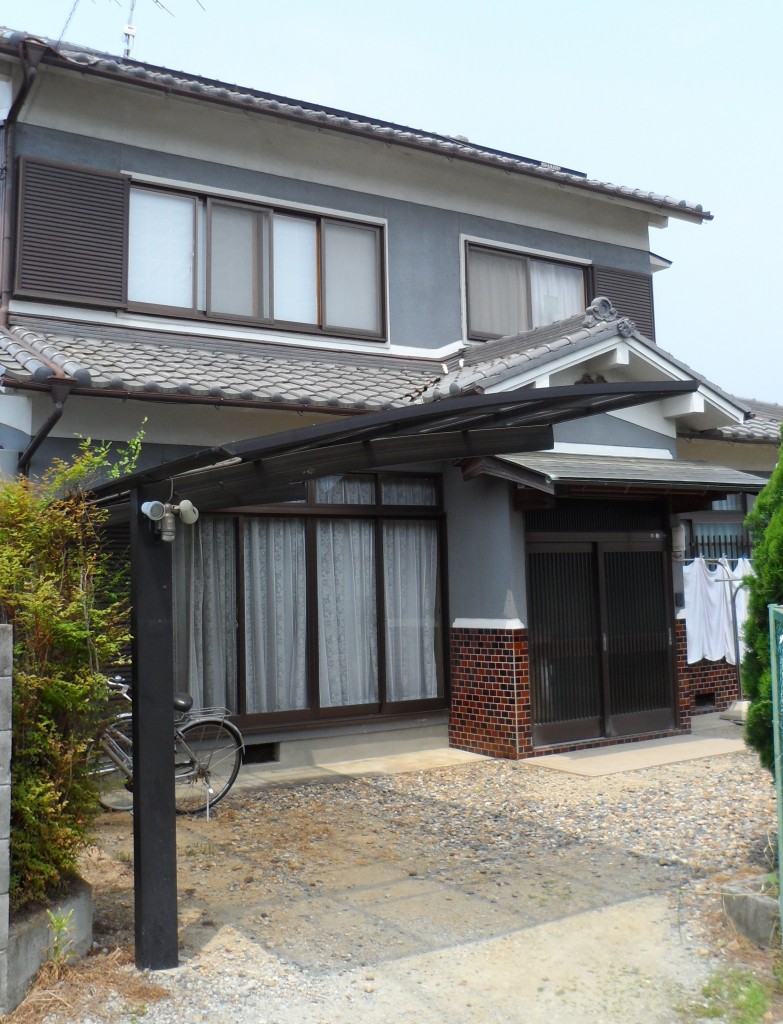
The outside of a Japanese house
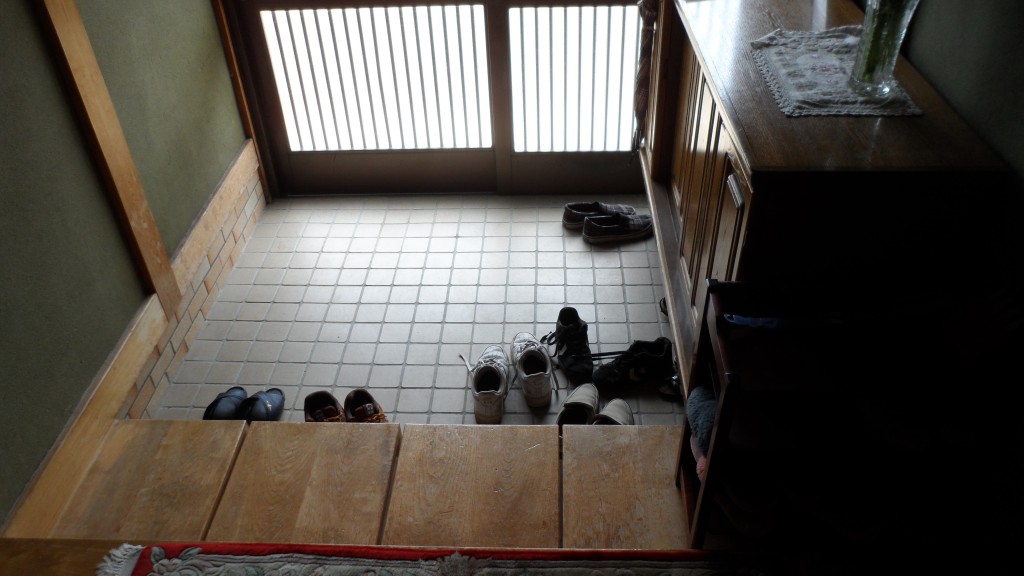
In Japanese houses, you must take off your shoes before entering and you leave them in this area by the door
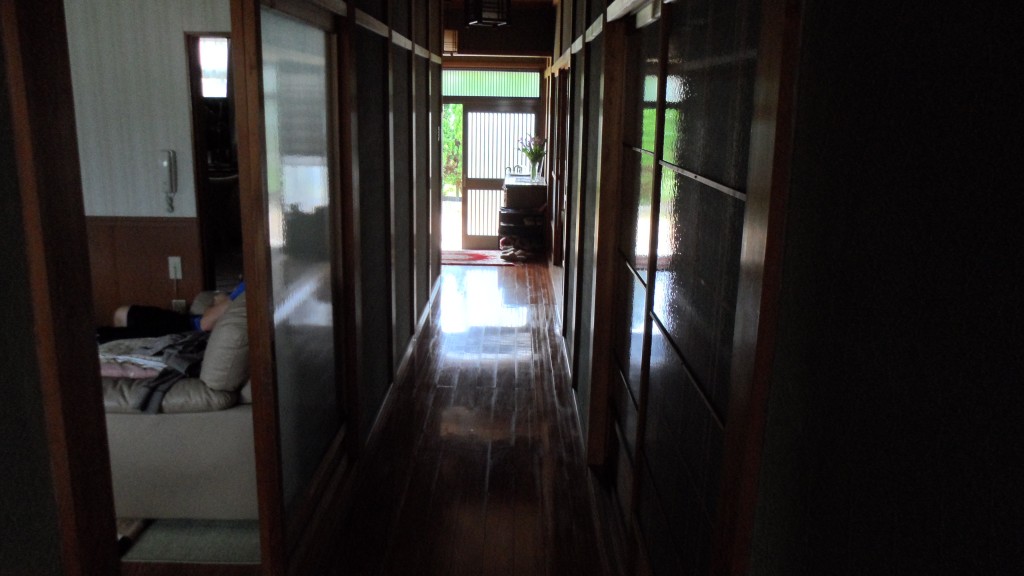
The downstairs hallway
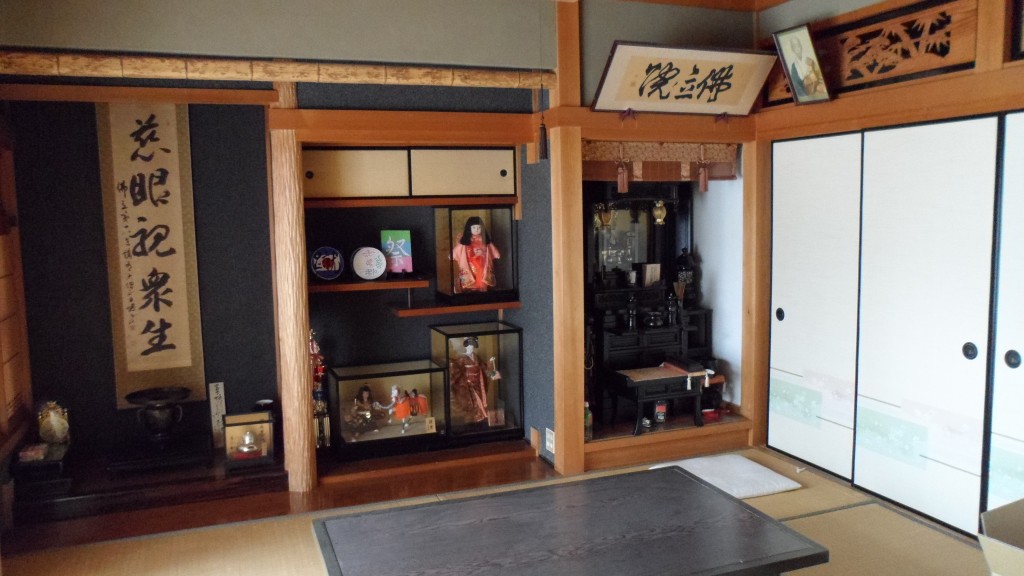
A traditional looking room of a Japanese house (notice the tatami mats)
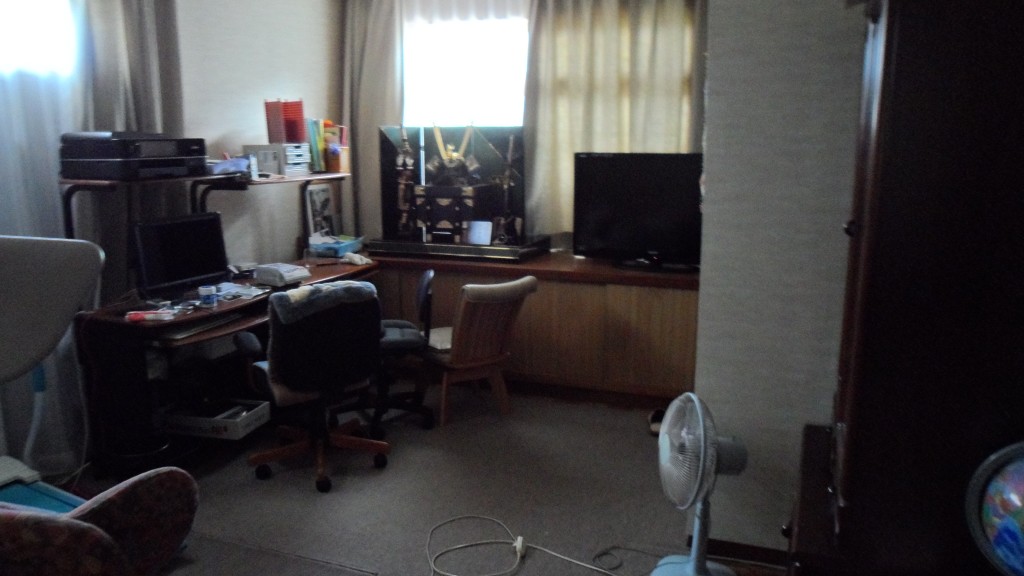
The computer room of a Japanese house
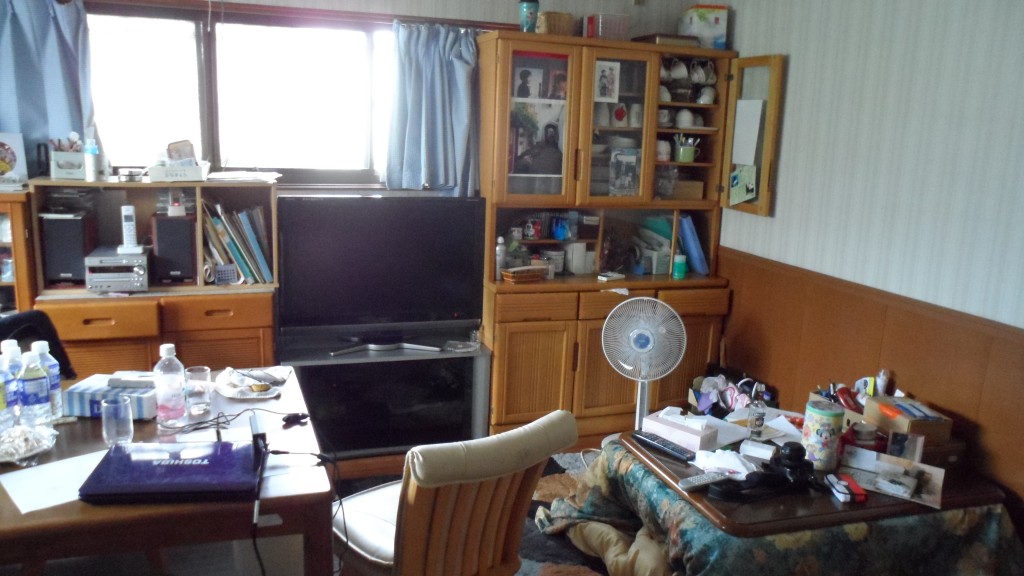
A Japanese living room (notice the kotatsu table to the right which is a heated table for the winter)
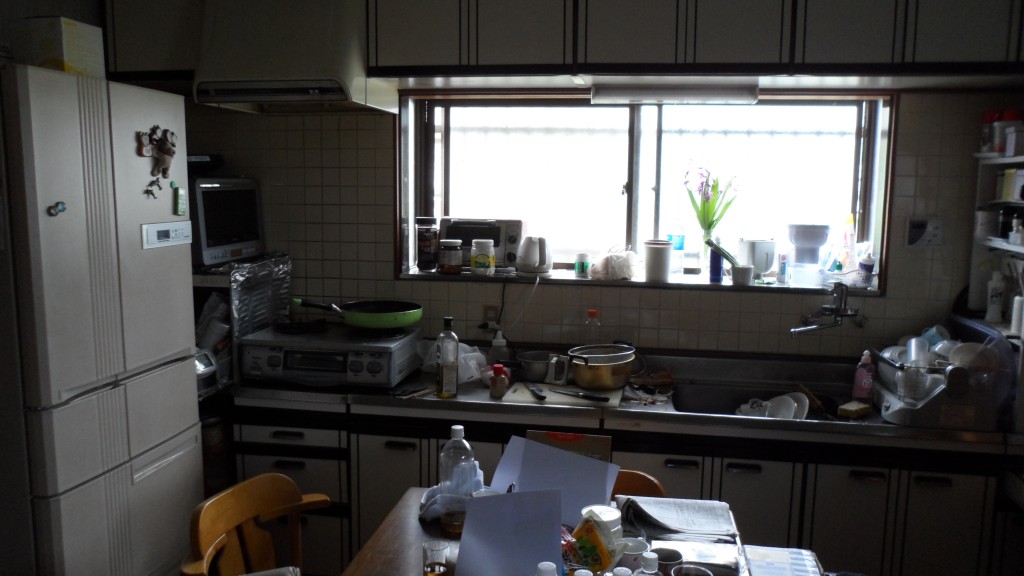
A Japanese kitchen
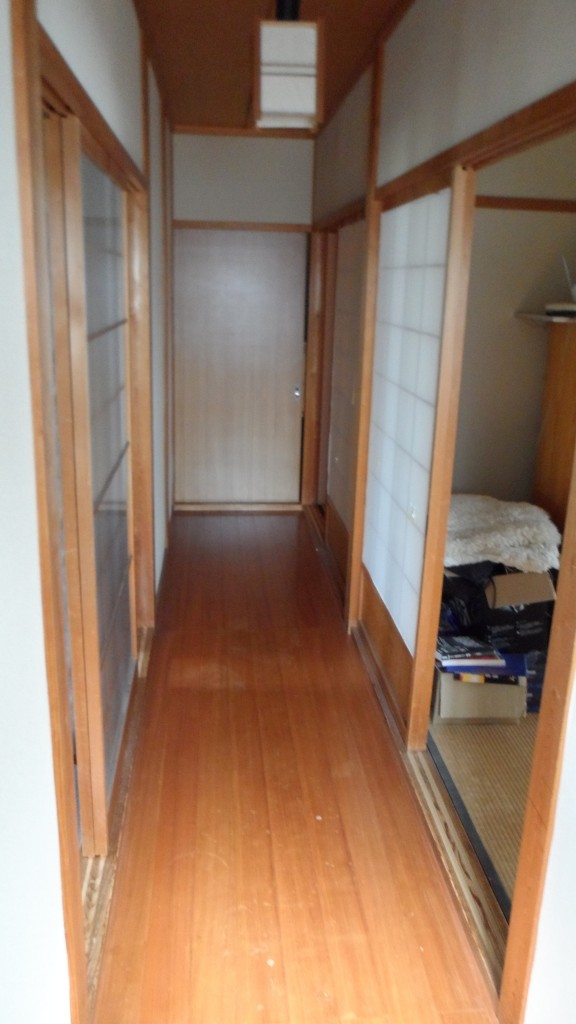
Upstairs hallway
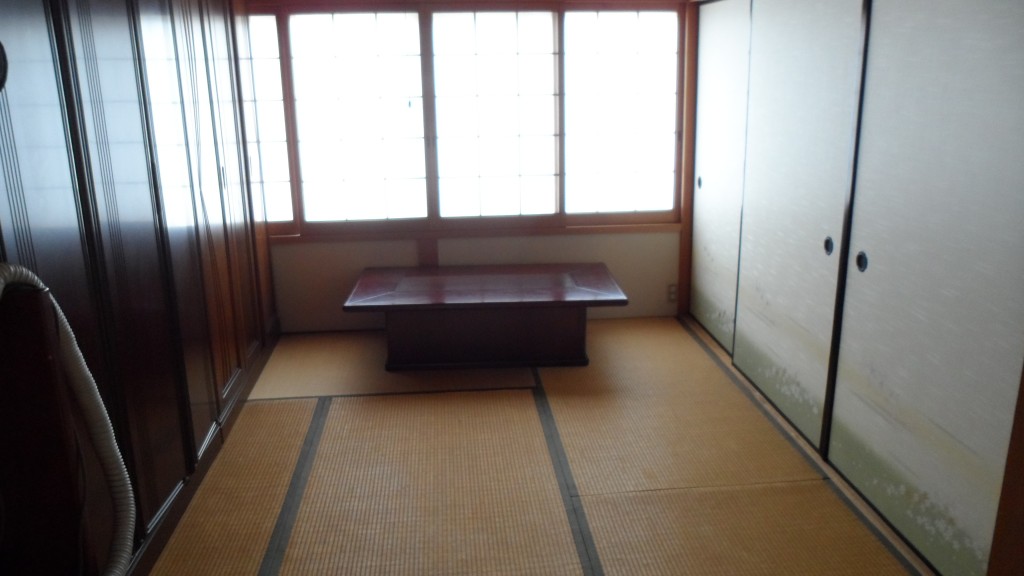
Upstairs room in Japanese house
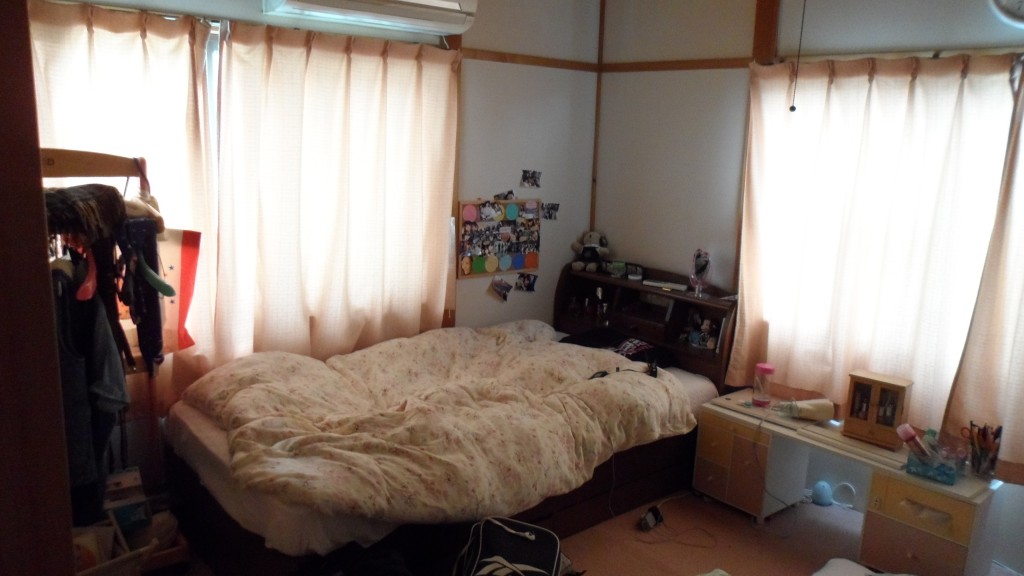
A Japanese bedroom
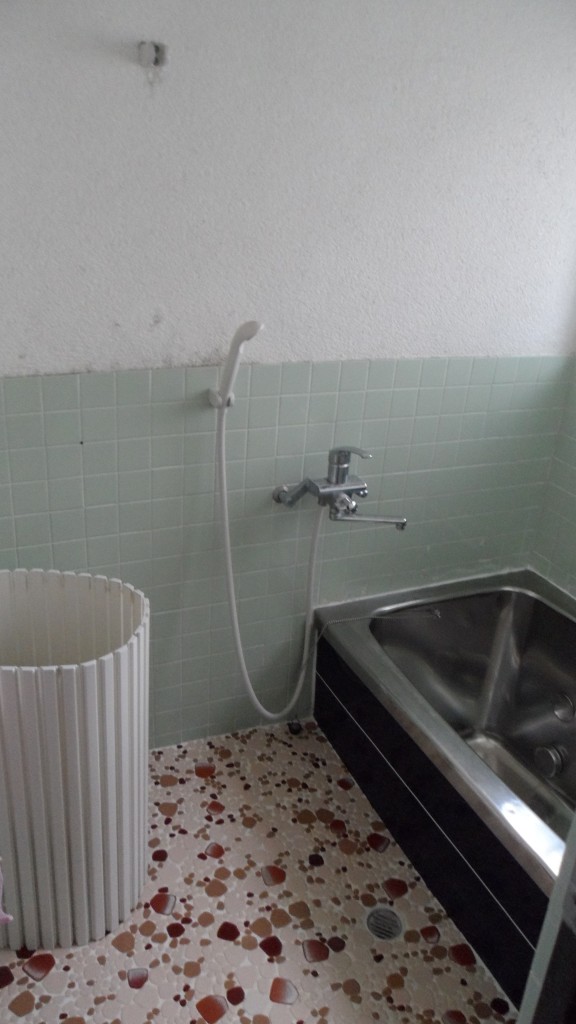
Japanese bathroom (you shower on the left side THEN enter the bath)
I did not post a picture of the toilets, as they look pretty much the same. However, there are some key (high-tech) differences. For example, the toilet seats are heated, some in residential houses flush automatically, they often make sounds (to cover the sound of you using the restroom), you can select a big or small flush, and they have a spray feature.
So, I suppose that is pretty much a standard Japanese house.
May 14, 2012
In this blog, instead of focusing on just one type of organic farming done in Japan, I will try to cover as many schools of thought that I can learn about while I am here studying sustainable living and farming. First, I will cover the method of natural farming or “Do-Nothing Farming” which was started by Masanobu Fukuoka.
The natural farming method stresses these main principles: no plowing, no weeding, and no fertilizers or pesticides. This method follows the philosophy that crops should be allowed to grow freely and naturally with little human intervention, except when necessary. The method does not use fertilizers or chemicals and uses very little water. It also encourages grow crops according to their proper environment.
No Plowing
There are many organisms that live in the ground that are very beneficial to crops. They work breaking down matter, giving nutrients to plants, aerating the soil, and other acts vital for farming. However, when land is plowed, many of these organisms are killed and the amount of beneficial organic matter is reduced. Also, plowing can leave soil vulnerable to wind and increases the rate of erosion.
No Weeding
Weeds should not be looked at as enemies. Instead, they should be recognized as important. Kawaguchi’s method does not use weeding, except in the early stages. He uses the analogy of parenthood: as a mother of father takes care of their children, farmers protect young crops until they can survive on their own. After the crops are big enough to survive themselves, the weeds need not be taken out. Many people think that weeds compete with the crops and cause a lesser yield, but if they are prevented from overtaking young crops, the affect is minimal. In fact, weeds can be beneficial. The weeds actually enrich the soil. In an uncultivated field, after each cycle, the plants die and the dead organisms pile up, enriching the soil more and more every year.
No Fertilizers or Pesticides
When an whole ecosystem is allowed to exist in harmony with the crops, the decaying organisms will provide fertilizer for the crops and symbiotic relationships will form. Some “weeds” provide food for the crops and can also deter certain pests. Even more, the absence of chemical fertilizer, which often attracts pests, mostly eliminates the need for pesticides. By allowing the ecosystem to work naturally, many common threats to agriculture can be eliminated.
May 9, 2012
So, I learned something really cool about Japan and sustainability today! There is a large (and still growing) movement in Japan called chisan-chishou (ちさんちしょう or 地産池沼). In Japanese, it means “produce locally, consume locally” and is a movement to encourage local eating (not unlike the movement for local eating in the United States).
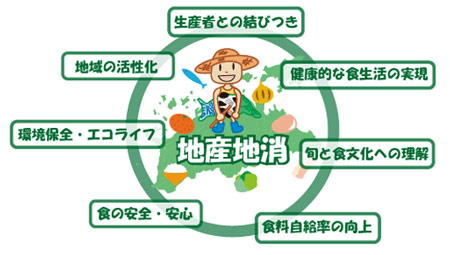
An image promoting Chisan-Chishou
Many Japanese people are joining the movement and buying from local farms. At my friend Misa’s house, for example, they buy rice and vegetables grown in the fields directly next to their house! And, when I went to the store yesterday, I actually noticed that on the strawberries, it says exactly where they were grown. As you might expect, they were indeed grown same prefecture that I bought them in! How cool! In Japan today, most farms are still small-scale and run by families, so it is not surprising that in Japanese suburbs many vegetables at the supermarket are grown nearby and have just been harvested hours before!
And, just in case you were wondering, yes, I will be posting about the sustainable farming soon!
May 6, 2012
Sorry I have not posted in a while. The internet was down where I was staying, and today was my first opportunity to go out and find a place that I could use the internet.
But, the first thing I noticed when I got to Japan was this:
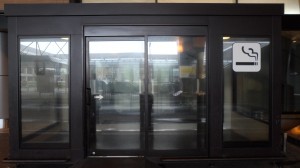
A perfect example of Japanese courtesy. When I saw this, there was actually a few people smoking in it, but I felt a little weird taking pictures of them.  It is part of the Japanese mindset to not bother others, and even though smoking is very popular in Japan, it appears they want to be considerate to those who do not smoke.
It is part of the Japanese mindset to not bother others, and even though smoking is very popular in Japan, it appears they want to be considerate to those who do not smoke.
The next morning, Garrett and I went to Naritasan Shinshoji Temple. I had seen the pictures online, but I must say the pictures (even mine), cannot compare to actually being there. It was much bigger than I anticipated, and much more beautiful!
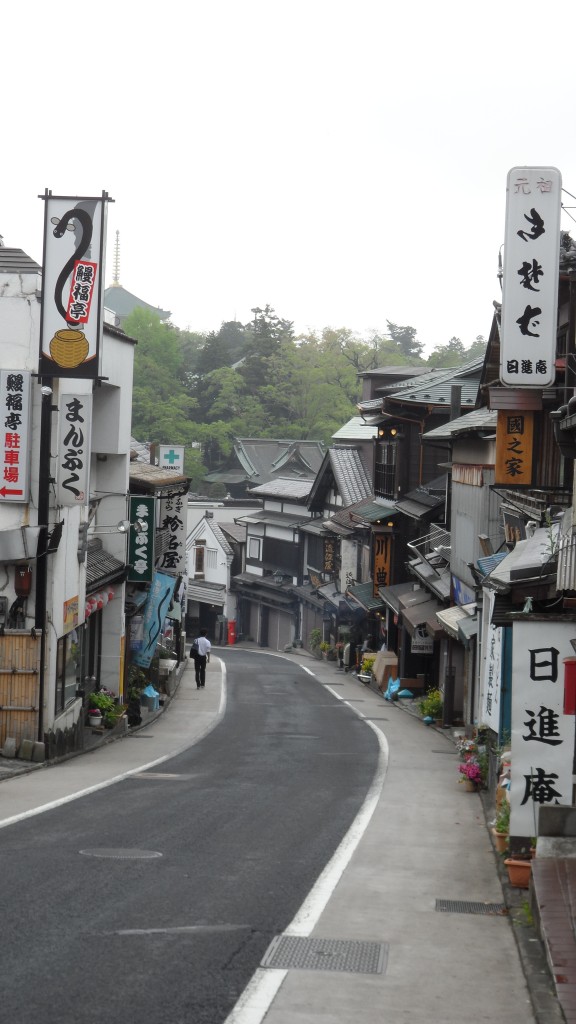
The walk down Ometesando St. on the way to the temple

A panoramic picture of a part of the temple grounds
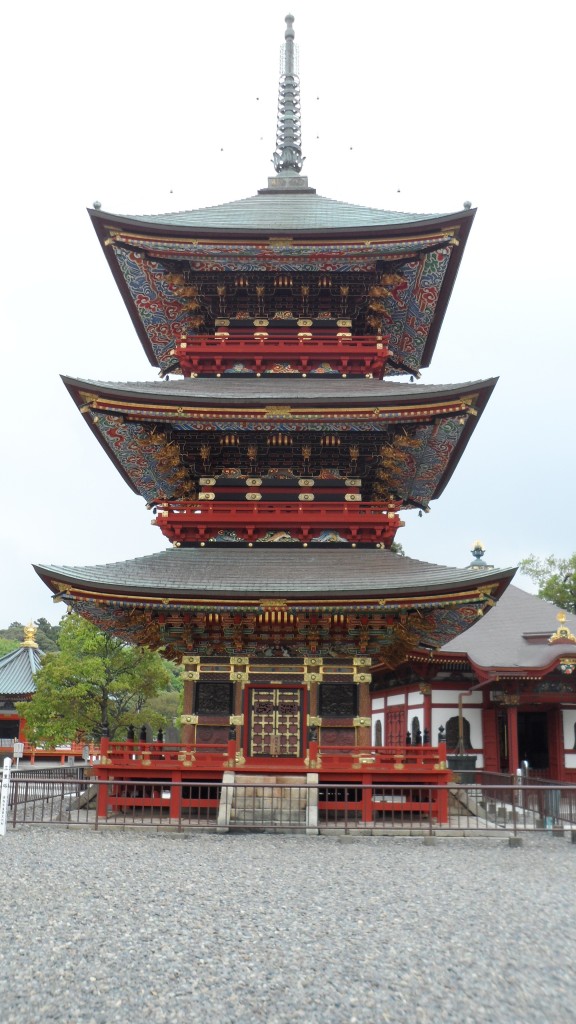
Pagoda at Naritasan Shinshoji Temple
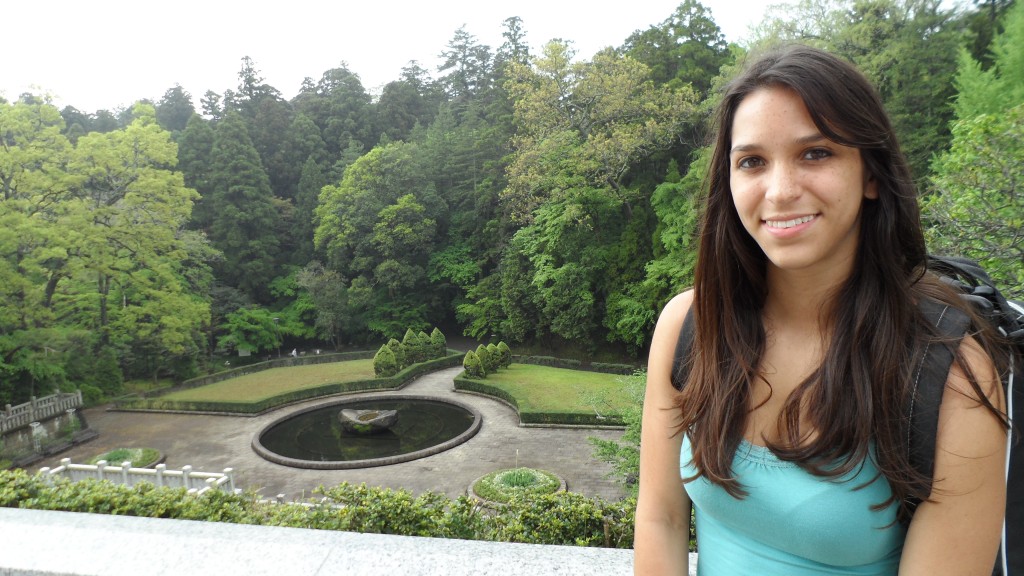
Me at a garden area at Naritsan Shinshoji Temple
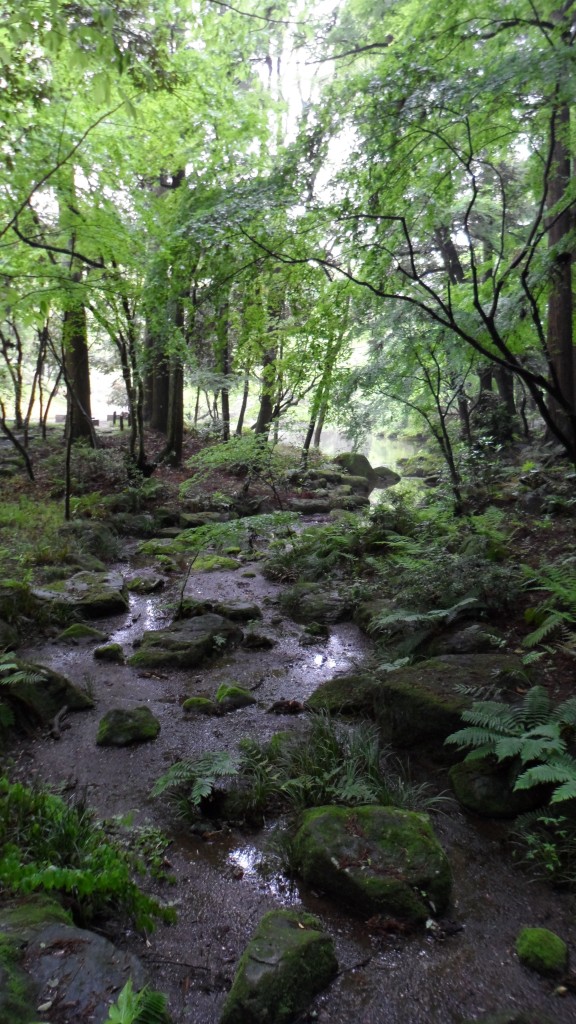
The forested area around the temple
Then, when we headed off to Tokyo. When Garrett and I were wandering around Shinjuku, we discovered this (randomly placed) park. We went inside and it was gorgeous! Truly just as you would expect a Japanese garden to look! Be warned, however, the pictures do not even come close to actually sitting inside the park!
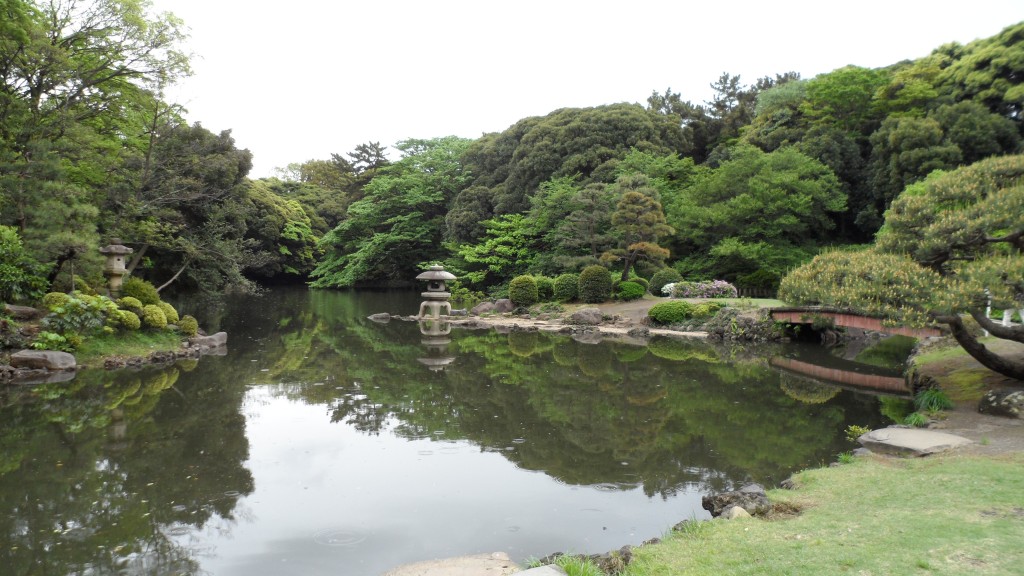
Truly awesome Japanese garden!
So, that was my first few days in Japan. I will post more soon!
May 1, 2012
Posted by Nadia under
Intro 1 Comment
Garrett and I leave tomorrow very early in the morning for Japan, and I must admit I am a bit nervous. This is my first time traveling without parents. Plus, I am a bit sad to leave my family and friends for the 3 months. I will miss everybody!
But, I definitely am excited! In the course of our 2+ days of travel, I will hopefully catch up on all the anime watching and video game playing I have deprived myself of over the semester. 
When Garrett and I finally arrive at Narita Airport in Chiba, it will be late. But, the next day, we are going to Naritasan Shinshoji Temple before heading off to Tokyo, then to Mt. Fuji!
Let’s go! 行きましょう!























 Konyaku (yam noodles) section
Konyaku (yam noodles) section


























